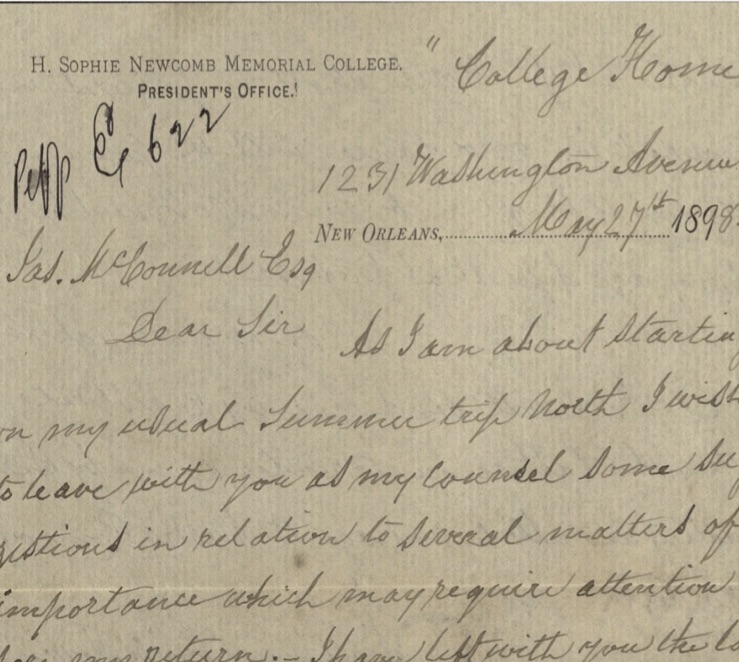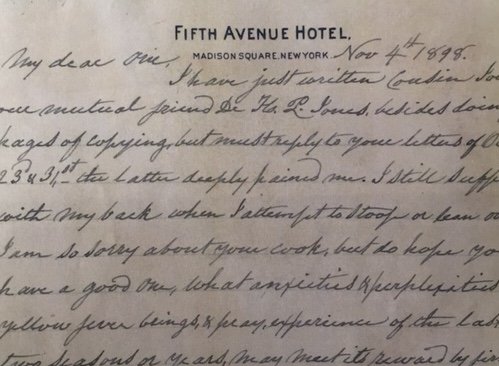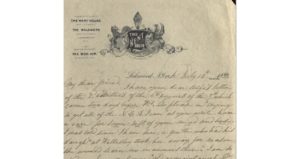Methods: Reading the Letters of Josephine Louise Newcomb


In our work with the letters we have followed standards used in historical editing, and considered models of similar work especially in the Papers of Eleanor Roosevelt, and the Seward Family website.
Our intent has been to transcribe the letters accurately. We have checked dates, looking for contextual clues to consider abbreviations (as well as events in JLN’s life). We also have used nineteenth century books to determine the meaning of words we no longer use.
We also tried to trace something of the provenance of the letters, and in so doing, recognized remaining mysteries, both about JLN and the whole process of knowledge creation. There is mystery in the mere miracle of the survival of her letters, their presence today. For more on this see the section on the McConnell letters.
For understanding more about our transcriptions, see the subsection called Transcription Methods. For information on capitalization, punctuation, and abbreviations, see Abbreviations.
In terms of the context of JLN’s life and our research, even over the last two years when we worked on these letters, more and more sources became available online. Thus we were able to know more and more about how she and her correspondents lived. Most of her friends and family were people of some stature, who had information written about them, about their activities, their lives, and even their hobbies printed in newspapers or other print material, albeit material that would have been even a few years earlier difficult to find. In addition, the briefs from the court cases, until now not entered into a national catalog, were scanned for online reading in the last two years. One multi-volume compilation of the court cases (set with images of the home where JLN lived in New Orleans in the 1830s and 1840s) did not become accessible until September 2019. In addition, because of new online research tools, we know that JLN’s grandfather owned at least two slaves.
The following images are from online sources marked as being in the public domain: Walter Callender, Elizabeth Mills Chamberlain, Gavino Gutierrez, George Washinton Custis Lee, James Bowie McConnell, Horatio Dalton Newcomb, John Percival, H.K. Pomroy, and Sarah Brock Putnam.
In an age of information explosion and technological innovation, research such as ours is indeed a collective effort, not only with our contemporaries but also within the materials now not unique but once so. We intend to build on this collectivity as well as the legacy of archival materials with you, our readers, going forward. Please write to us if you would like to help find more information on the life of JLN.

